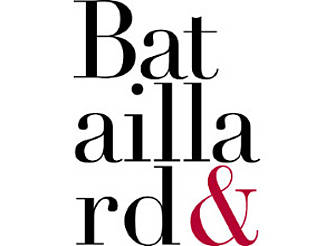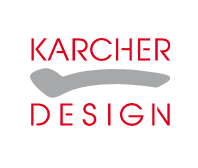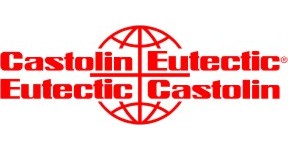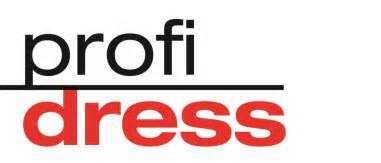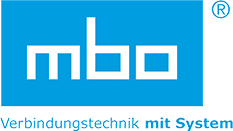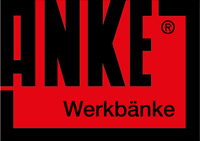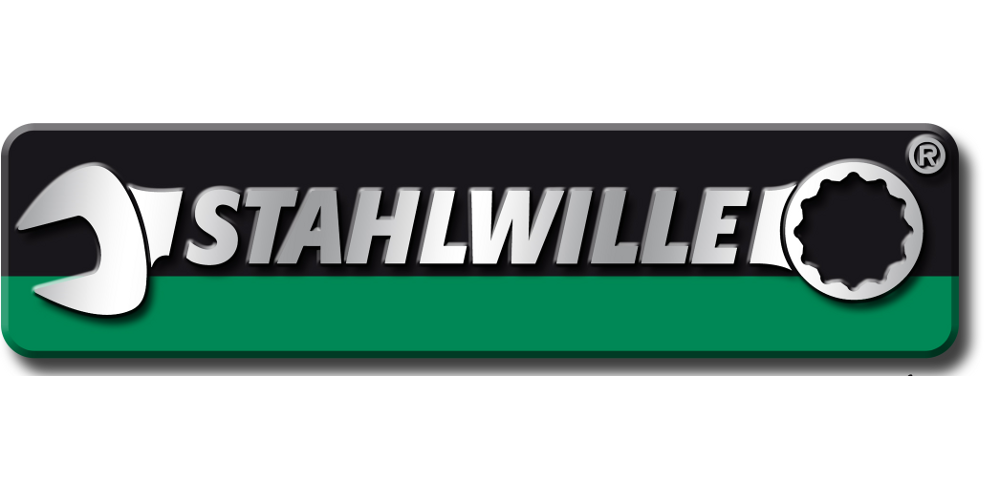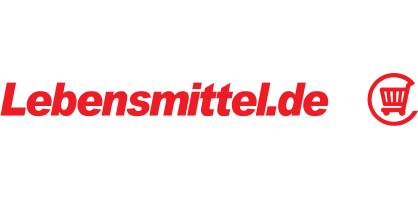Example of Variant Configuration: Cylinder Lock
The general consumer trend is that manufacturers have to offer many variants of the same product (variant products) to meet the increasingly diverse needs and desires of their customers. Variant Configuration supports collecting, advertising, ordering and manufacturing complex products that are specifically tailored to customers' needs. Through the use of Variant Configuration product marketing and order entry can be optimized such that – by selecting predefined parameters – a product can be adapted to quickly suit the needs and wishes of the customer within the limits of an existing framework. As a result, customers can define what their product will look like in the end. For example, when purchasing an office chair they can contribute their own wishes and optimally configure the chair according to their needs. In addition to this positive effect for the customer, the Variant Configurator supports the optimization of the "Information Supply Chain" within the company – from sales and eCommerce to purchasing down to production and design.
Positive effects for customers and manufacturers through Variant Configuration
- Complex products can be configured on customer's request.
- Just-in-time assembly upon customer request is possible.
- Improvement of the "Information Supply Chain" within the company.
- Control of costs for purchasing and manufacturing.
- Expert knowledge can be multiplied.
- Use of Variant Configuration in marketing via Product Information Management.
- Use of Variant Configuration in eCommerce.
Variant Configuration – example: "cylinder lock"
At this point, we would like to explain the concept of Variant Configuration under Alterra using the typical example of a cylinder lock. 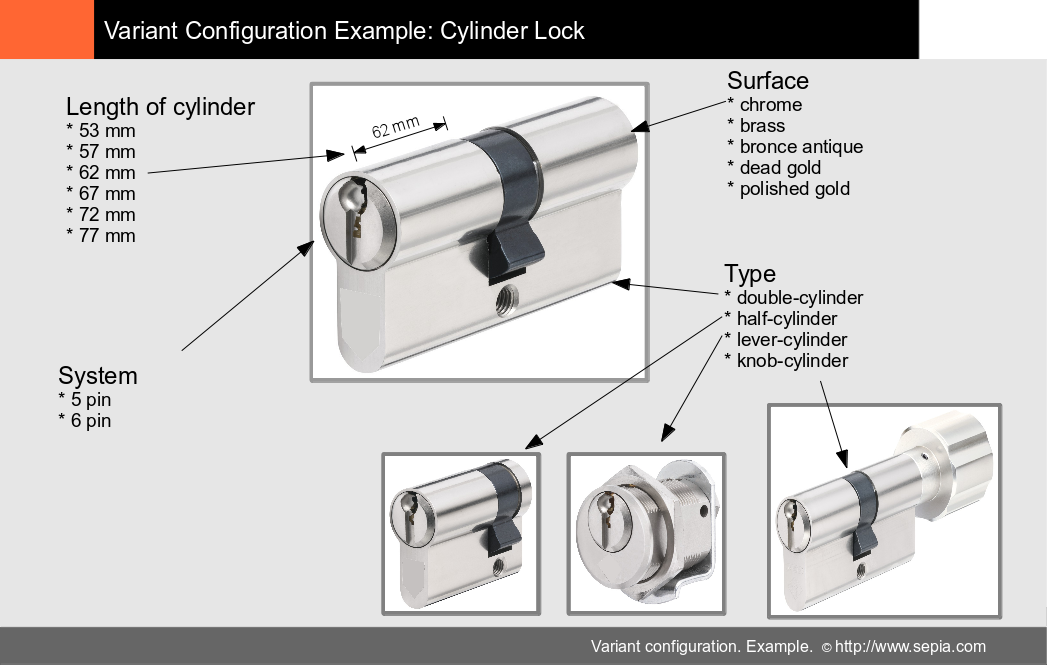
Setting up the Variant Configuration is a step-by-step process.
1. Creation of a class "cylinder lock" with attributes
Type: double-cylinder, half-cylinder, lever-cylinder, knob-cylinder
System: 5 pin, 6 pin
Length of cylinder: 53 mm, 57 mm, 62 mm, 67 mm, 72 mm, 77 mm
Surface: chrome, brass, bronce antique, dead gold, polished gold
Diameter: 30 mm, 60 mm
If the attributes should subsequently also be used for the pricing of a variant, it is also possible to set surcharges or discounts per attribute at this point.
With the above example, the simplest case of Variant Configuration has been illustrated: a master product with freely configurable properties. However, this case is rather rare in reality. Normally, there are relationships between the properties of a product, such as restrictions on the combination of the properties.
2. Creation of conditions (constraints)
To define relationships between properties, Alterra offers a Relationship Management feature. Here, you can define conditions for the selection of product properties. For our "cylinder lock" example, there is the restriction that the 6 pin-system can only be produced in from 62mm length on. In addition, the customer can choose a type. If they choose knob-cylinder only chrome and brass are available
3. Creation of Product Master based on the class "cylinder lock"
We need a basic product or a "Product Master" to serve as the basis for the later configuration of variants. The Product Master should allow to derive the desired variants later on. In practice, it works like this:
Create a master record of the type "Product Master". The record is given, for example, the name "Premium Executive Chair". This record can now be assigned the class "cylinder lock". As a result, the Product Master is automatically given 5 attributes
Now, the sets of constraints with the relations pertaining to a product class are assigned to the master. In our example, we can use the constraints from Step 2 (Creation of conditions) at this point. So, we select the appropriate configuration profile for our product master. Then, the Product Master set-up is complete and can be used to derive variations from it.
4. Opening the Variant Configurator
The Variant Configurator can be activated from the context of the now existing Product Master. The Variant Configurator is the user interface for the user (sales staff, customers and others) who creates the desired variant. In practice, the user will see different Product Masters. In our example, this could be "cylinder lock standard". From this Product Master, the user selects the desired version and activates the "Variant Configuration" mask from here. After that, selection mask for the configuration of the variant opens for the user.
5. Creation of a variant by selection of the desired product properties
The user now selects the properies desired by the customer. In our example, this could be:
Type: double-cylinder [ ] half-cylinder [ ] lever-cylinder [ ] knob-cylinder [x]
System: 5 pin [ ] 6 pin [x]
Length of cylinder: 53 mm, 57 mm 62 mm [x] 67 mm [ ] 72 mm [ ] 77 mm [ ]
Surface: chrome [x] brass [ ] bronce antique [ ] dead gold [ ] polished gold [ ]
Diameter: 30 mm [x] 60 mm [ ]
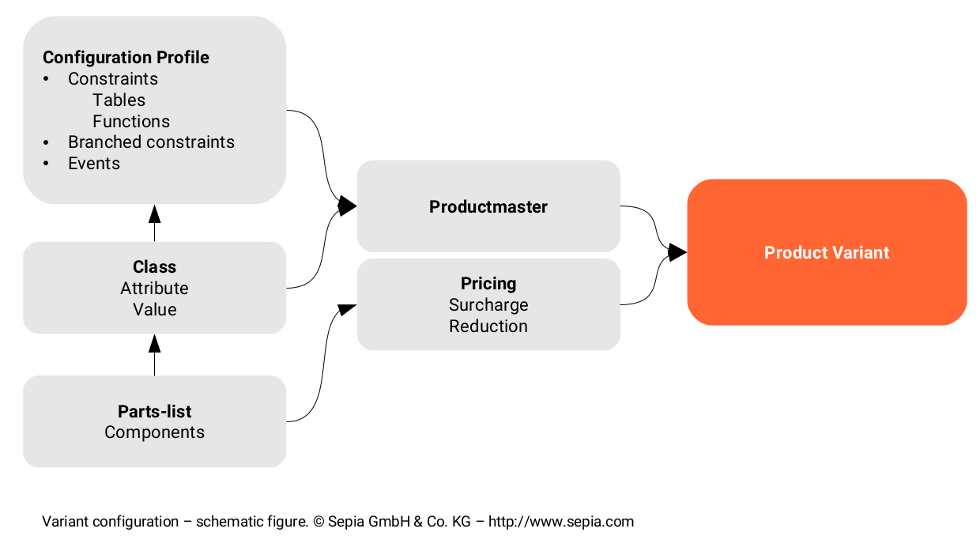
6. Variant Configuration via website, web shop or call center
The Variant Configurator can also be used as a Web module in call center applications, on websites or in web shops. Technically, the Variant Configurator is relatively easy to integrate – for example, as a plug-in for shop systems (e.g., Magento, Shopware, Oxyd), content management systems (e.g., Drupal, Typo3, WordPress, Magnolia) or Intranet pages (e.g., SharePoint).
7. Creation of Standard Variant Products
For certain purposes, such as creating product catalogs, both electronic or printed, that should provide a comprehensive view of the product range, it is recommended to show different versions of a product. Usually, there are certain variants that are often requested by customers. These variants should be created once and provided as "ready-made" products that can be called up whenever requested instead of generating them over and over again via the Variant Configurator. This means that it is possible to provide individual variants for repeated use. For Alterra, it means that these variants can be used along with other products that do not come from the Variant Configurator.
Generation of variants in batch mode:
For relatively simple Variant Products, it is possible to automatically create all possible variations using a batch process. However, this method has its limits where the number of attributes and their combinations result in an exponential growth in the number of possible variants.
In these cases, it is required that the system is limited to generating certain, important variants.
More possibilities of Variant Configuration
Entering bills of material per attribute
If the Variant Configurator should not only be used to create a product variant for marketing materials or to trigger an order, but also to initialize a production process attributes can be assigned bills of material (BOMs). This BOMs include all components that are potentially required for producing a Variant Product –hence the term "Super BOM".
Creation of an Order BOM
After a user has created a variant, the corresponding Order BOM can be directly issued and used as a production order.
Compatibility with ERP-Systems
Import of dependencies from SAP VC
Variant Configuration in Alterra is largely compatible with SAP VC. If it is necessary to configure a product in Alterra or a connected web shop, the relations maintained in SAP VC (Variant Configuration) can be transferred, transformed, and used as a configuration profile for a Product Master in Alterra.
Other leading ERP systems
Alterra Varianten Configurator is among others compatible with:
- Microsoft Dynamics AX (Axapta Product Builder)
- Microsoft Dynamics NAV (Navision)
- Infor (Product Configuration Management)
Contact
Sepia GmbH & Co. KG
Ernst-Gnoss-Strasse 22
D-40219 Düsseldorf - Germany
Phone: +49 211 51 419 75
Phone alternative: +49 211 74 958 712 0
E-Mail: info@sepia.de
Looking for consultation or a web demo?
Get it here.



